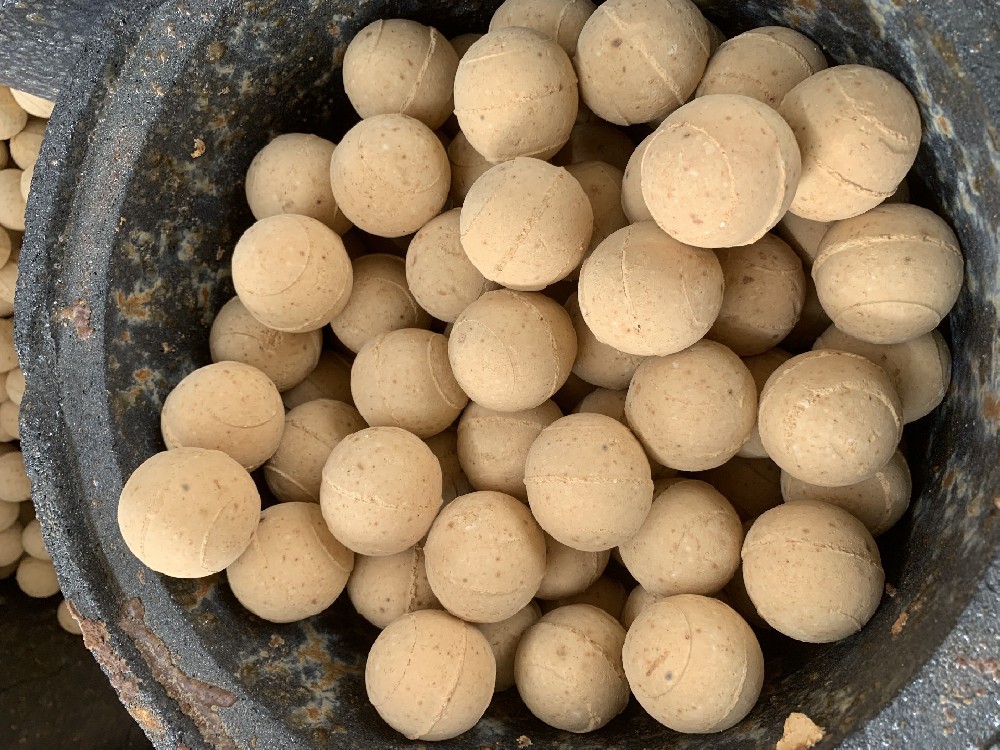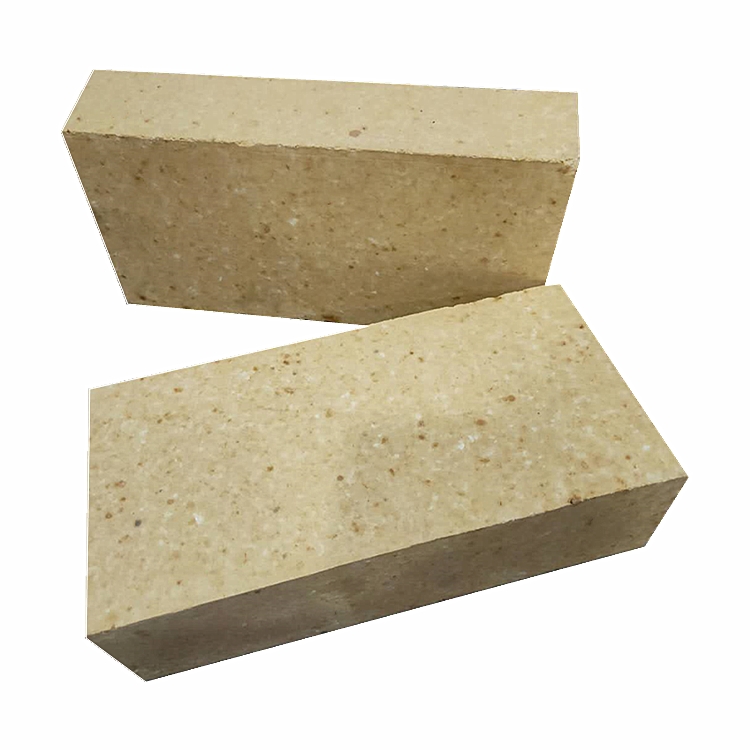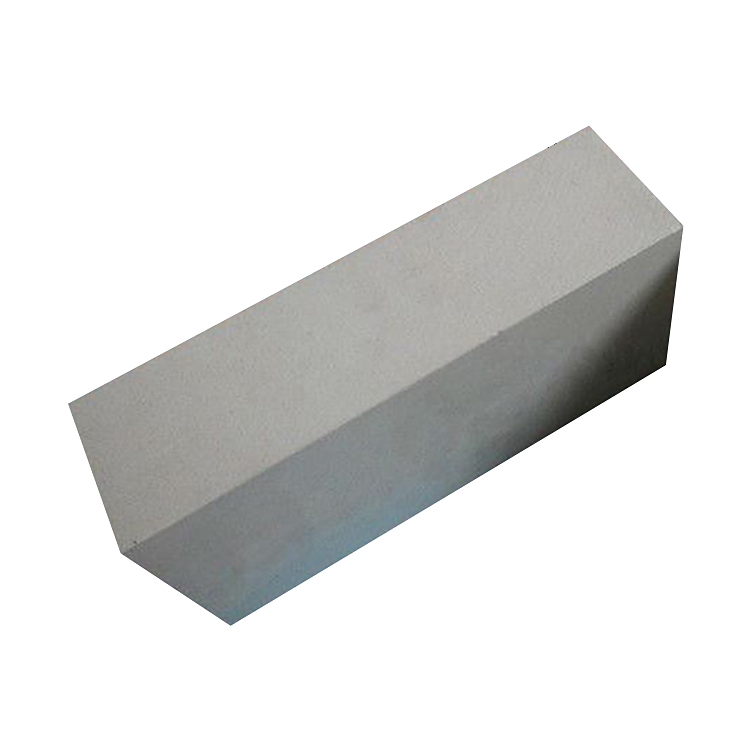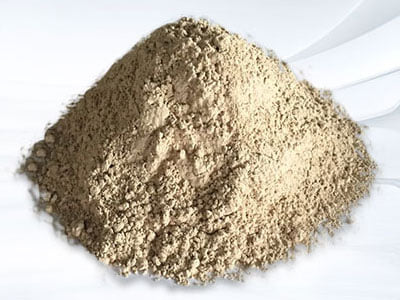k23 insulating fire bricks
k23 insulating fire bricks
Compared with ordinary refractory bricks, k23 insulating fire bricks are lighter in weight, have micro-stinging holes evenly distributed inside, and have higher porosity. As a result, less heat can be dissipated from the furnace walls, and fuel costs are reduced accordingly. Insulating fire bricks also mean less heat storage, so it heats up and cools faster, allowing for faster cycle times. k23 insulating fire bricks are suitable for the temperature range of 900℃~1650℃.
Product performance of k23 insulating fire bricks:
1. Low thermal conductivity, low heat capacity, low impurity content
2. High strength, good thermal shock resistance, acid and alkali atmosphere corrosion resistance
3. High dimensional accuracy
Application fields of k23 insulating fire bricks:
1. Various industrial furnace hot surface lining materials, such as: annealing furnace, carbonization furnace, tempering furnace, oil refining heating furnace, cracking furnace, roller kiln, tunnel kiln, etc.
2. Backing insulation materials for various industrial furnaces.
3. Reducing atmosphere furnace.
Production process of k23 insulating fire bricks:
Raw materials and additives:
Fused corundum, sintered alumina and industrial alumina are used as the main raw materials, polystyrene pellets are used as burn-out additives, and silica or other materials are used as volume stabilizers. .
Compounding, Compounding and Forming:
According to the bulk density of the product and the requirements of its physical and chemical properties, the dosage of various materials is determined. Mixing mixer or mud mixer is used for mixing, and the feeding sequence is: polystyrene pellets→partial binder and water→powder→binding agent. The molding adopts vibration molding and other methods that are easy to grasp the size of the product and not easy to produce elastic after-effects, or use mud casting.
Dried and fired:
When drying, because the volume of polystyrene pellets increases sharply at 90-110 °C, and then liquefies, vaporizes, and oxidizes and disappears, most manufacturers expand polystyrene pellets and then use them for production, so the drying temperature is not suitable. If it is too high or too fast, the residual moisture of the dried brick should be less than 2%. The kiln is installed with side yards. During the low temperature stage of firing, attention should be paid to the volume change of the lost material. The maximum firing temperature is determined according to the bulk density and physical and chemical indicators of the product, which is generally greater than 1600 °C, which can be faster than the compact brick firing system.
k23 insulating fire bricks are light in body, high in compressive strength, low in thermal conductivity, small in re-fired volume shrinkage, and good in thermal shock stability. And the working lining of precision thermal equipment, but it is not suitable for the erosion of direct contact with furnace liquid and slag. It also has high stability when used in a reducing atmosphere. The use temperature can reach 1650~1800℃ depending on the purity of the product.
-

Thermal storage alumina balls
The Thermal storage alumina ballsis made of industrial alumina and refractory kaolin as the main raw materials through scientific formula, forming and high-temperature calcination.Thermal storage alumina ballss are divid··· -

Anti-stripping high alumina brick
Use description of Anti-stripping high alumina brick1. Anti-stripping high alumina brick has a good application in low temperature parts such as large and medium-sized cement precalciner, kiln smoke chamber, indoor decom··· -

Anti-stripping high alumina bricks
Anti-stripping high alumina bricks are made of high alumina bauxite clinker, mullite, kyanite, zircon sand, and binder after granulating and powdering processes, mixed in a certain proportion, pressed into shape, and fir··· -

silica hot repair refractory
Performance index of silica hot repair refractoryThe material is a kind of plastic unshaped refractory material, its main component is SiO2, it is made of special clinker and various binders and additives, and it is proc···

